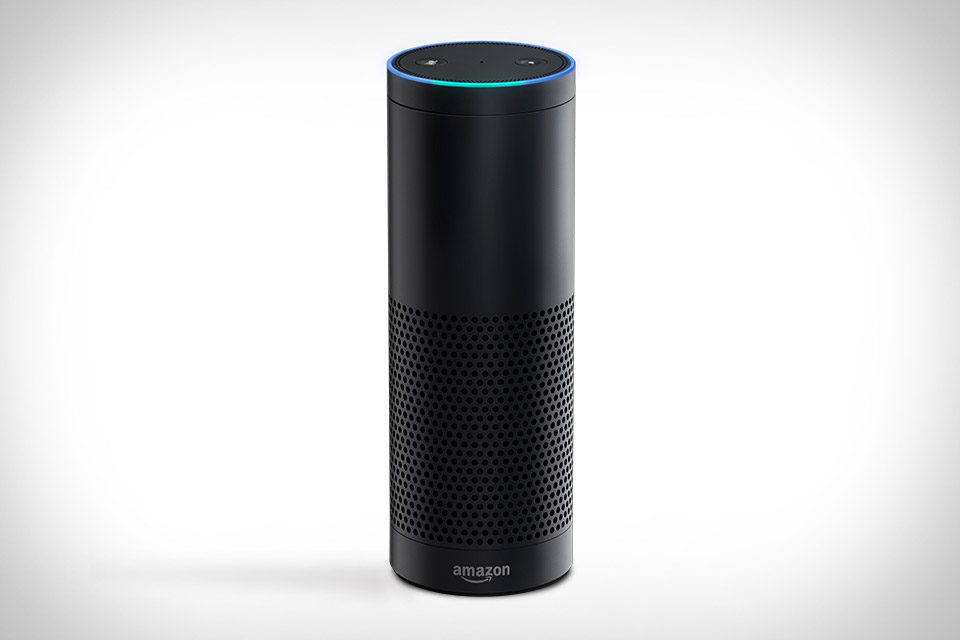 by Angela Guess
by Angela Guess
Stacey Higginbotham recently wrote in Fortune, “If the U.S. government plans on using the Internet of things to spy on people, there are still steps companies and consumers can take to stop it. As part of testimony submitted to the Senate’s Armed Services Committee on Tuesday, James Clapper, the U.S. director of national intelligence, wrote, ‘In the future, intelligence services might use the (Internet of things) for identification, surveillance, monitoring, location tracking, and targeting for recruitment, or to gain access to networks or user credentials.’ While this statement, first noticed by The Guardian, won’t exactly come as a shock to civil liberties groups, the average consumer might be surprised to hear the potential privacy threat so boldly stated. Andreas Gal, the CEO and co-founder of Silk, a connected home product that contains a camera with facial recognition capabilities, certainly was.”
Higginbotham goes on, “Gal is the former CTO at Mozilla, the maker of the Firefox browser. At Silk he is building a connected device that controls a variety of Wi-Fi connected products and contains a camera with facial recognition capabilities. But unlike many other connected devices, he’s trying to build a product that is also focused on keeping a user’s data secure first and foremost.”
Higginbotham continues, “All of the facial recognition takes place on the device, and any data sent from the device is encrypted before it is sent. The only one with the key for the encrypted stream is the owner of the device. This doesn’t preclude Silk from offering a cloud service, Gal says. It just means that when he sends the data to a cloud, it has to stay encrypted. That way, if it is stolen or hacked, the criminals only get something they can’t see without also having the customer’s physical device. That level of encryption comes at a computing cost, which raises the cost of the end device and precludes Gal from using the user information. But it does prevent casual hacking and surveillance. ‘The government can order us to reveal the data, but all we can give them is the encrypted stream,’ Gal says.”
photo credit: Silk